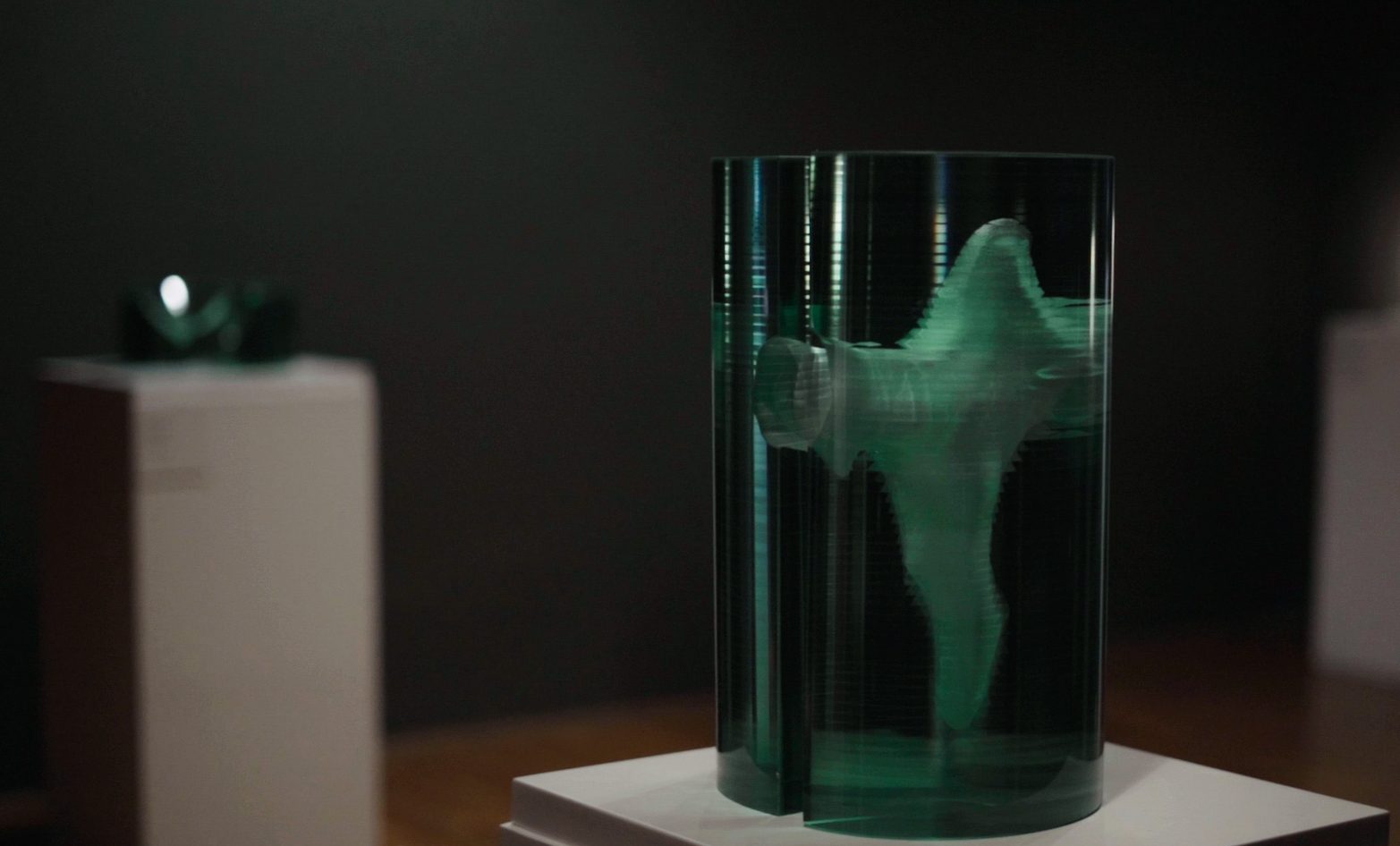
Some forty contemporary Hungarian glass artists have been given the opportunity to exhibit, alongside well-known glass artists and young talents.Continue reading
The new exhibition, Superluminal, presents a selection of the most exciting representatives of the extremely popular contemporary art trend and their spectacular works, also selected from the international field of light art in the Light Art Museum (LAM) in Budapest, writes Magyar Nemzet.
One of the most fundamental constants in nature is the speed of propagation of light in a vacuum, which is an absolute value, and according to relativity, the absolute limit to the speeds achievable in nature. Many physicists have tried to circumvent this absolute limit, with theories ranging from wormholes to the crumpling of space-time, some of which, who knows, may one day actually allow faster-than-light (superluminal) travel.
The Superluminal exhibition is an attempt to show that light as a physical phenomenon can be studied from many different angles.
Light is central to the work of the almost forty artists in the international selection, but they all go beyond the physics definition of light as electromagnetic radiation that can be perceived by the human eye.
The exhibition presents light objects, installations, interactive and ever-changing light-space constructions, created in recent years or especially for the occasion, by the most important Hungarian artists of recent years, such as László Moholy-Nagy, György Kepes, Victor Vasarely, Nicolas Schöffer, and Vera Molnar.
In the exhibition spaces of the Hold Street Market, transformed into a total black box,
the public will be able to see the works of some of the most internationally renowned groups of artists in the field of immersive projected spaces, such as Zünc Studio from London, Nohlab from New York, fuse* from Italy, and NONE Collective from Italy.

The Hold Street Market. Photo via Wikipedia
On January 1, 2020, one of Budapest’s most iconic buildings, the Hold Street Market, was forced to close its doors. The eclectic-style, 2110 m² hall was built at the end of 1891. The market hall used to be a farmers’ market, and after its renovation in 2014, it was renamed the Downtown Market.
August 2022 saw a progressive change not only in the life of the Hold Street Market, but also in Hungarian art, as one of the world’s largest museums of light art opened in the listed building. It is a long-awaited concept, even in artistic circles, to dedicate a special exhibition space to works that specifically address the possible aspects of the creative use of light, be it projection mapping, holographic experiments, or other techno-cultural practices.
For the founders of the Light Art Museum (LAM), it was no small challenge to use the inner spaces of the market as an exhibition space, as light art works can only be appreciated in total darkness. The original architecture of the market hall was preserved, and the rooms were converted into shops.
Via Magyar Nemzet, Featured image via Facebook/Light Art Museum Budapest